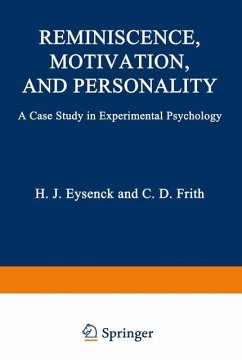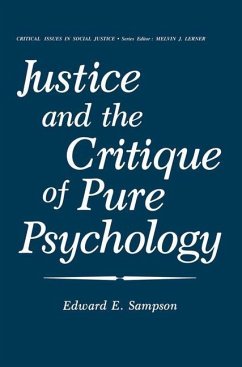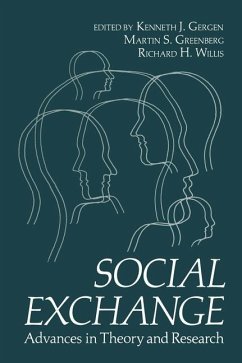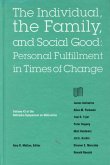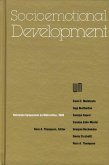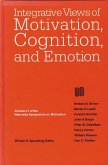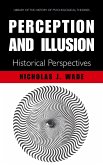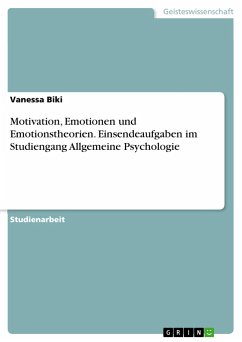This is a book on reminiscence, or more modestly a book on reminiscence in motor tasks, or more modestly still on reminiscence in pursuit rotor learning, with occasional references to other types of reminiscence. The vast majority of experiments investigating reminiscence with the pur suit rotor have been carried out within the framework of Hullian learn ing theory. Thus, of necessity, this book also will be much concerned with that theory. Some readers may feel that so much detailed attention paid to one piece of apparatus and one now rather discredited theory, is overdone; we could not agree with such an evaluation. There are several features of pursuit-rotor performance which make it particularly worthy of attention. One of the more important of these features is the easy replicability of many of the phenomena found in performance of this task; this is our first point. Replicability is the life blood of science; what cannot be replicated by any well-trained observer is of doubtful status in science, and on this score pursuit-rotor work certainly emerges as perhaps the most reliable set of observations in experimental psychology. The effects of massing and spacing; of rest pauses of different length; of switching from massed to spaced learn ing, or vice versa; of interpolating different activities; of introducing distracting stimuli; of switching from right to left hand, or vice versa; of changing the speed of rotation, or the diameter of the target disk these are clear-cut and replicable as few phenomena in psychology are.
Hinweis: Dieser Artikel kann nur an eine deutsche Lieferadresse ausgeliefert werden.
Hinweis: Dieser Artikel kann nur an eine deutsche Lieferadresse ausgeliefert werden.

